Christmas Island, Naturally
-The Last Cat On Christmas Island
- A Visitor's Guide to the Birds of Christmas Island
The 3rd Christmas Island Conservation Plan
Exhibition, Sydney Biennale 2016
Final Report of the Christmas Island Expert Working Group, Installation at CCA, Singapore, 2018
All images by the ICZ
land crustacea
CHRISTMAS ISLAND, NATURALLY
With photographs from the archives of The Institute of Critical Zoologists
The Land Crustacea are a very important factor in the fauna of the island. They seem to act as chief scavengers, destroying both animal and vegetable refuse, while the little red crab Gecaricinus lagostomus to some extent takes the place of earthworms, in loosening the surface soil and incorporating with it the decaying vegetable matter. This is the commonest of the land-crabs inhabiting the island, and is found in great numbers everywhere, even on higher hills and the more central portion of the plateau. In many places the soil is honeycombed by its burrows, into which it rapidly retreats when alarmed. These crabs seem to feed mainly on dead leaves, which they carry in one claw, held high over the back, and drag down in the burrows. From their enormous numbers, they must play a great part in the destruction of decaying vegetable matter and its incorporation into the soil. Once a year, during the rainy season, they descend to the sea to deposit their eggs, and during this migration hundreds may be seen on every path down steep slopes, and many descend the cliff-face itself. They remain on the beach for a week or two, and deposit their eggs among stones in shallow water inside the reef. Afterwards they gradually make their way back to their accustomed homes. In the year of my visit this migration occurred in January.
C. W. Andrews, A monologue of Christmas Island (Indian Ocean): Physical Features and Geology, 1900

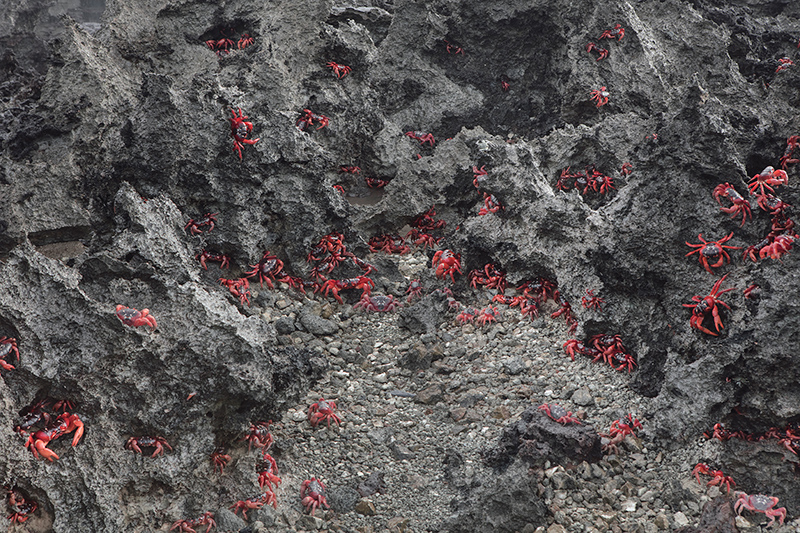

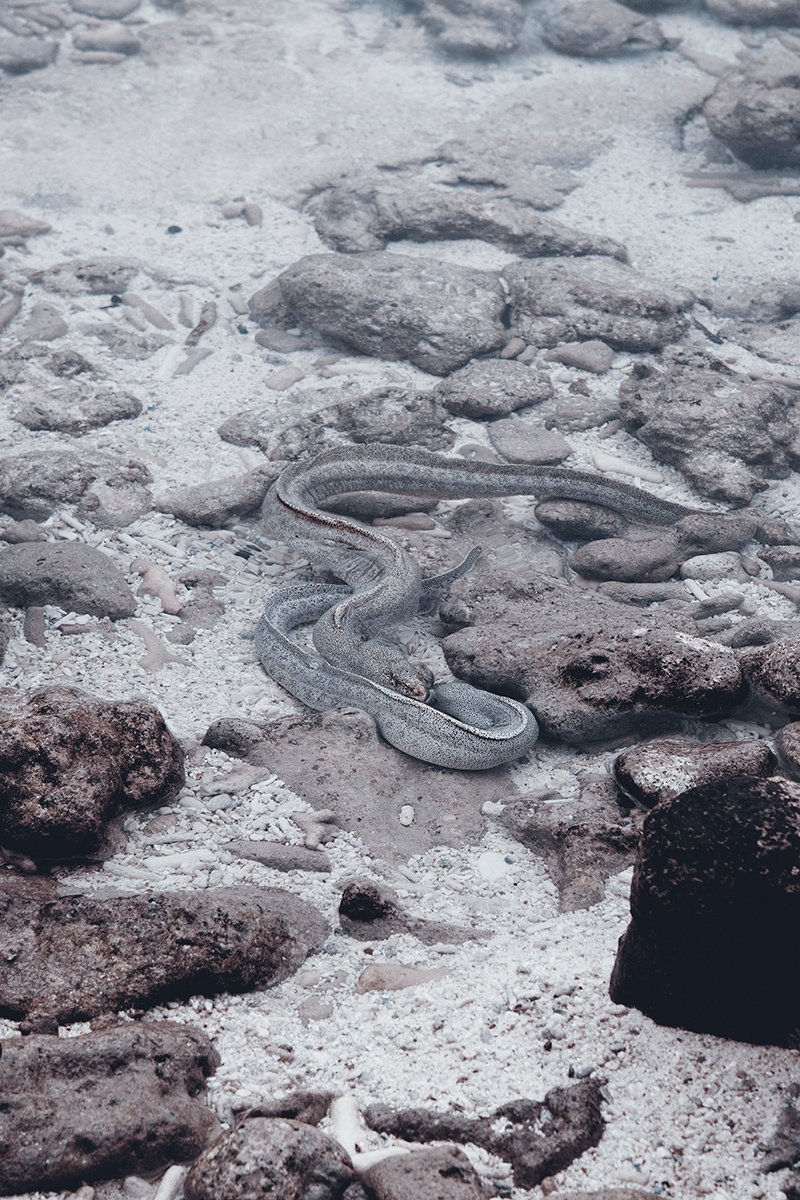
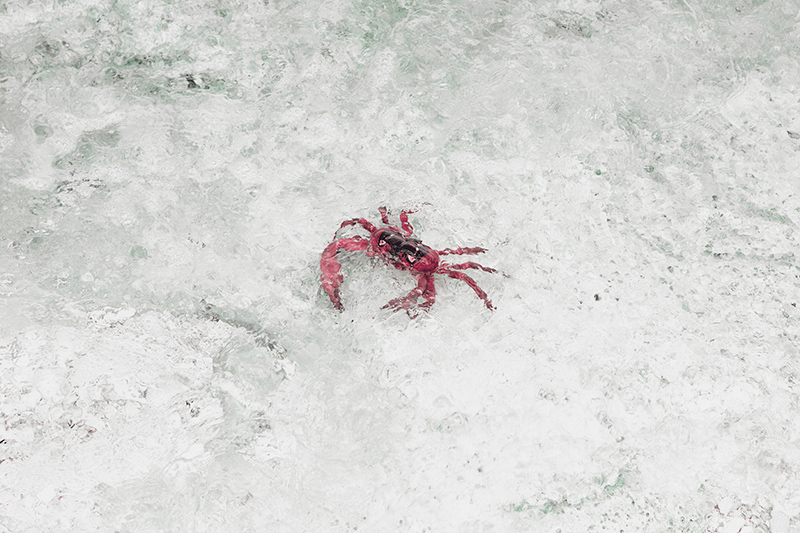

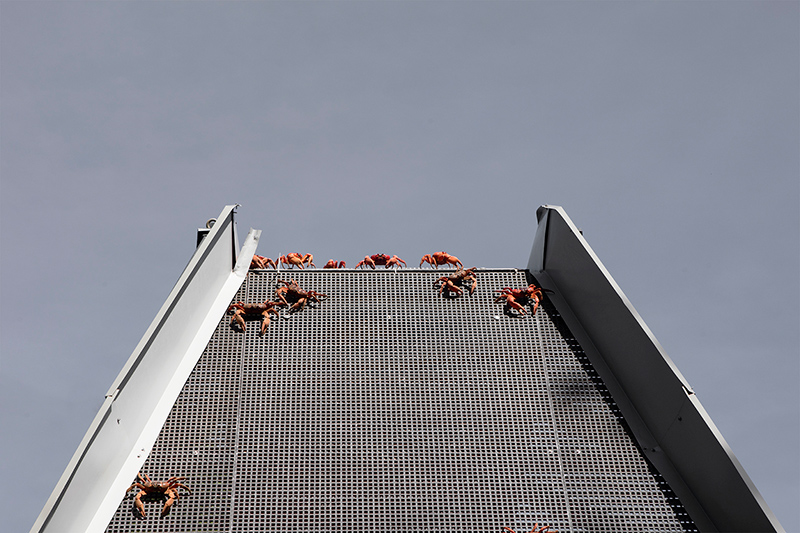

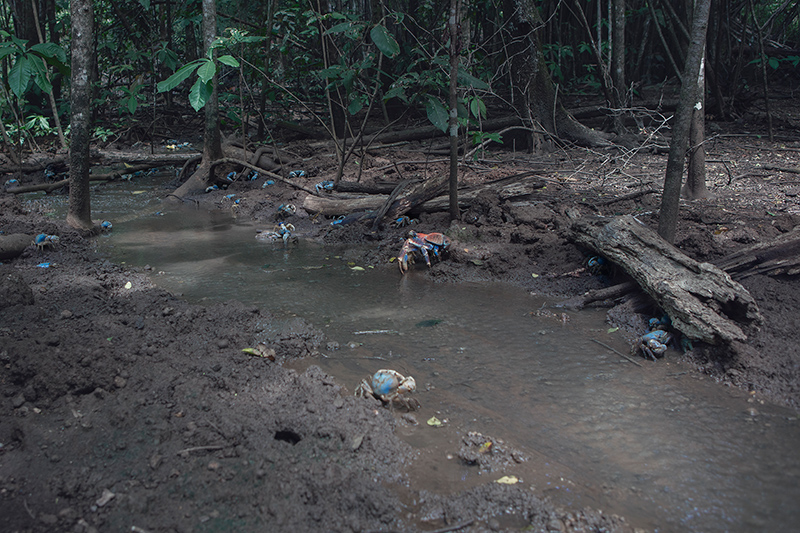
Copyright 2016, Institute of Critical Zoologists